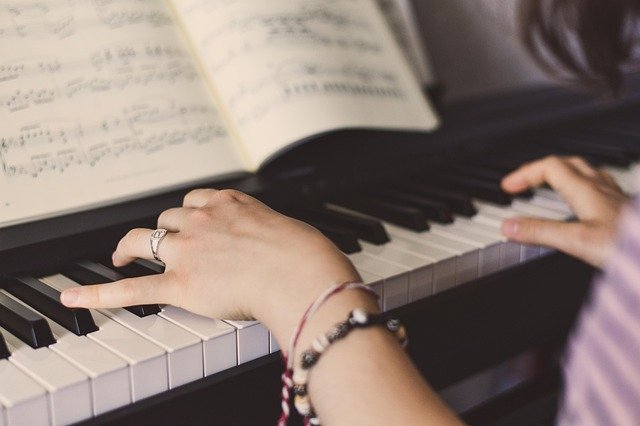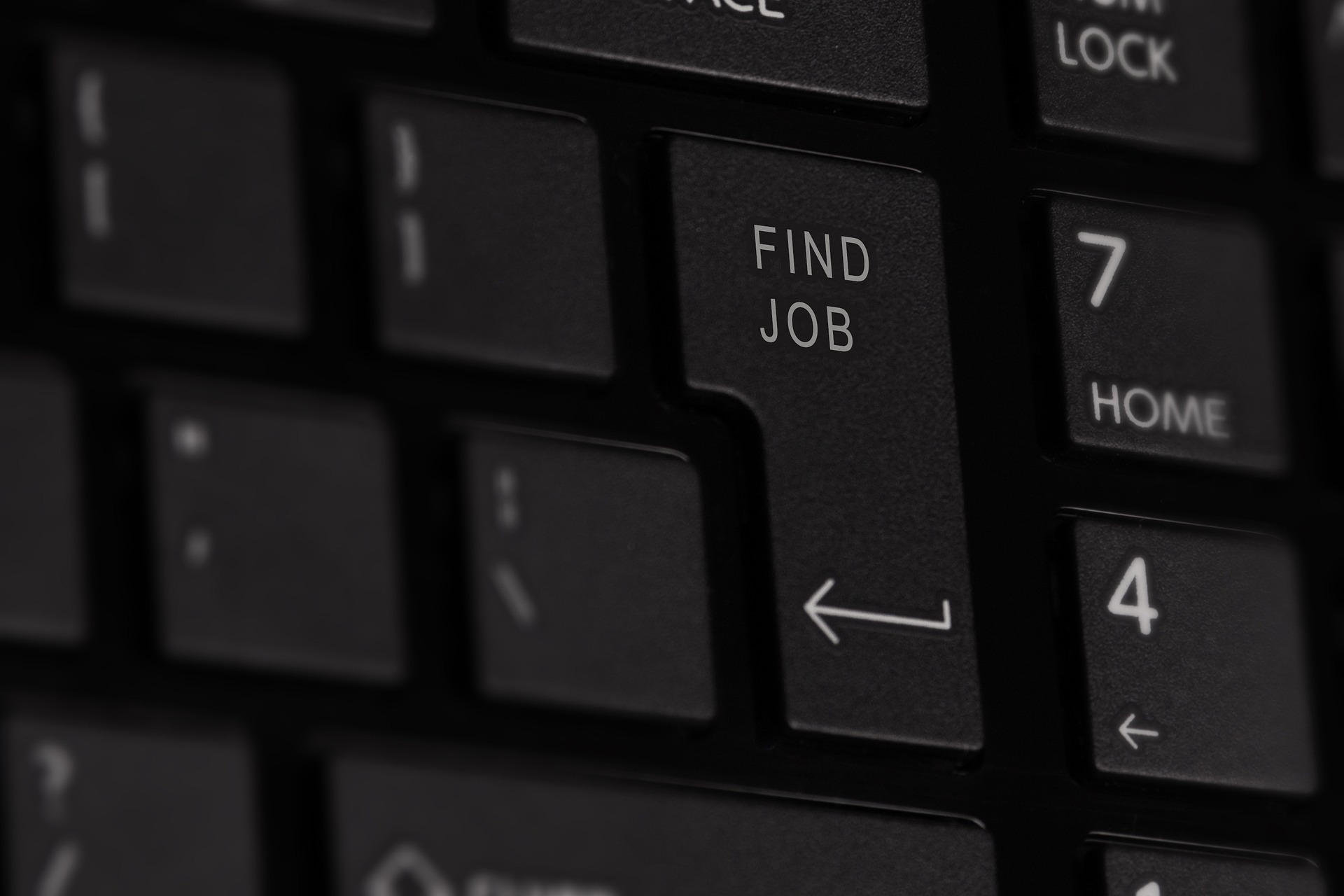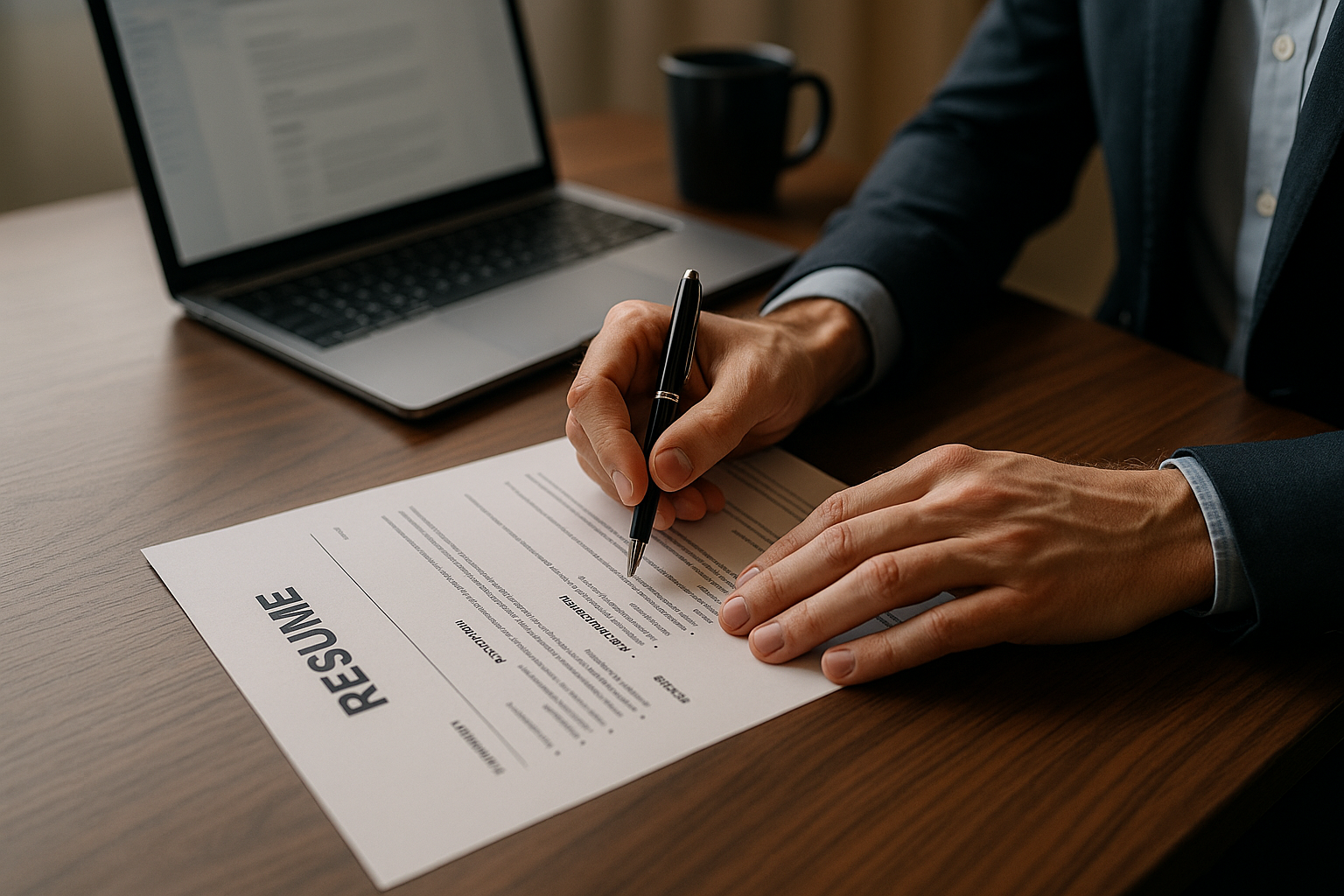Learn to Play Piano Like a Pro — One Step at a Time
From your first note to confident performance — discover how step-by-step piano lessons can reshape your abilities and open doors you never imagined. Whether you’re a complete beginner or returning to the keys after years away, the right approach can make all the difference.

How do I begin my piano journey as a complete beginner?
The first step in learning to play the piano often begins with simply exploring the right learning path. For complete beginners, this typically involves familiarizing yourself with the instrument. Start by understanding the layout of the keys, learning basic finger positioning, and practicing simple exercises to develop hand coordination. Many beginners find it helpful to start with methods like the Middle C approach, which teaches you to play melodies using both hands while centering around the middle C key.
Structured lessons turn random practice into real progress. Whether you’re learning for personal enjoyment or future ambition, consistency and guidance make all the difference. Consider enrolling in formal lessons with a qualified instructor who can provide personalized feedback and tailor lessons to your learning style and goals.
What are the essential skills to focus on when starting piano lessons?
When embarking on your piano journey, there are several fundamental skills to prioritize:
- Reading sheet music: Understanding musical notation is crucial for playing a wide range of compositions.
- Hand independence: Developing the ability to play different rhythms and melodies with each hand simultaneously.
- Proper posture and hand positioning: Maintaining correct form to prevent injury and improve playing technique.
- Scales and chords: Practicing these building blocks of music enhances your understanding of harmony and finger dexterity.
- Rhythm and timing: Developing a strong sense of rhythm is essential for playing any style of music accurately.
Focus on these core skills in your early lessons to build a solid foundation for more advanced techniques later on.
How can I structure my practice sessions for optimal progress?
Consistent practice is key to improving your piano skills. Here’s a suggested structure for effective practice sessions:
- Warm-up (5-10 minutes): Begin with finger exercises and scales to loosen up your hands and fingers.
- Technique work (15-20 minutes): Focus on specific skills like hand independence or chord progressions.
- Repertoire practice (20-30 minutes): Work on pieces you’re currently learning, breaking them down into manageable sections.
- Sight-reading (10-15 minutes): Practice reading and playing new, simple pieces to improve your music reading skills.
- Free play (5-10 minutes): End your session by playing for enjoyment, improvising, or revisiting favorite pieces.
Remember, shorter, more frequent practice sessions are often more effective than long, infrequent ones. Aim for at least 30 minutes of practice most days of the week.
What resources are available for learning piano at home?
If music has always called to you, now may be the right moment to answer. Opportunities to learn are easier to find than ever. Some platforms even allow you to get started from home. Here are some popular resources for learning piano:
- Online courses: Platforms like Coursera, Udemy, and Skillshare offer structured piano lessons for various skill levels.
- YouTube tutorials: Many professional pianists and teachers share free lessons and tips on YouTube.
- Piano learning apps: Apps like Simply Piano, Flowkey, and Yousician provide interactive lessons and real-time feedback.
- Virtual lessons: Many piano teachers now offer one-on-one lessons via video conferencing platforms.
- Digital pianos with built-in lessons: Some digital pianos come with integrated learning systems and practice exercises.
These resources can be excellent supplements to traditional lessons or serve as standalone learning tools for self-motivated individuals.
How long does it typically take to become proficient at playing piano?
The journey to piano proficiency varies greatly depending on individual factors such as practice consistency, natural aptitude, and personal goals. However, here’s a general timeline to give you an idea of what to expect:
- 6 months to 1 year: Basic proficiency in playing simple melodies and chords with both hands.
- 2-3 years: Ability to play intermediate-level pieces and read music fluently.
- 5-10 years: Advanced skills, including the ability to tackle complex classical pieces or improvise in various styles.
Remember, these are rough estimates, and your progress may be faster or slower. The key is to enjoy the learning process and celebrate small victories along the way.
What are the costs associated with learning to play piano?
When considering piano lessons, it’s important to factor in various costs. Here’s a breakdown of potential expenses:
| Item/Service | Cost Estimation (USD) | Notes |
|---|---|---|
| Digital Piano | $300 - $2000+ | Entry-level to professional grade |
| Acoustic Piano | $3000 - $20,000+ | Upright to grand piano |
| Private Lessons | $30 - $100 per hour | Varies by location and teacher experience |
| Online Courses | $10 - $30 per month | Subscription-based platforms |
| Piano Learning Apps | Free - $20 per month | Basic to premium versions |
| Sheet Music | $5 - $30 per book | Individual sheets or collections |
Prices, rates, or cost estimates mentioned in this article are based on the latest available information but may change over time. Independent research is advised before making financial decisions.
Learning to play the piano is a rewarding journey that can enrich your life in countless ways. From developing discipline and improving cognitive function to expressing yourself creatively, the benefits extend far beyond the music itself. Whether you choose to learn through traditional lessons, online resources, or a combination of both, remember that consistency and patience are key. As you progress from your first tentative notes to confident performances, you’ll discover new aspects of yourself and the vast world of music. So, take that first step, place your fingers on the keys, and let your musical journey begin.
The shared information of this article is up-to-date as of the publishing date. For more up-to-date information, please conduct your own research.






